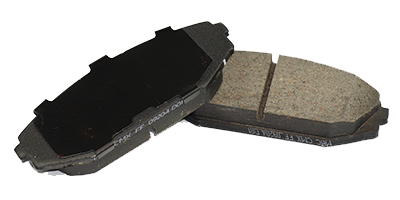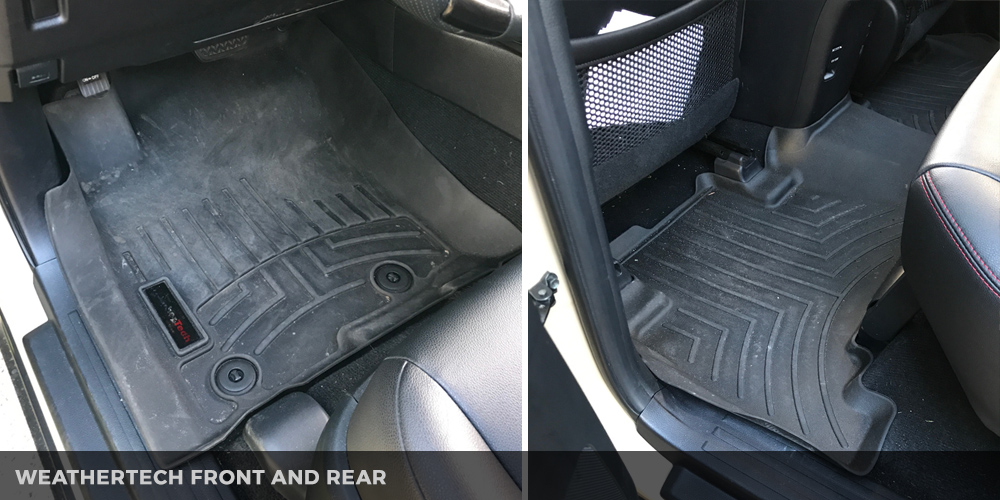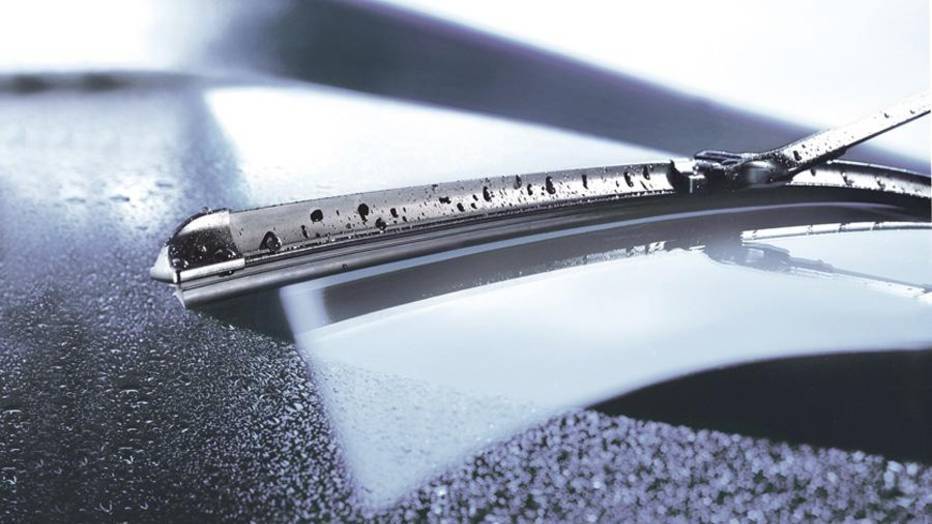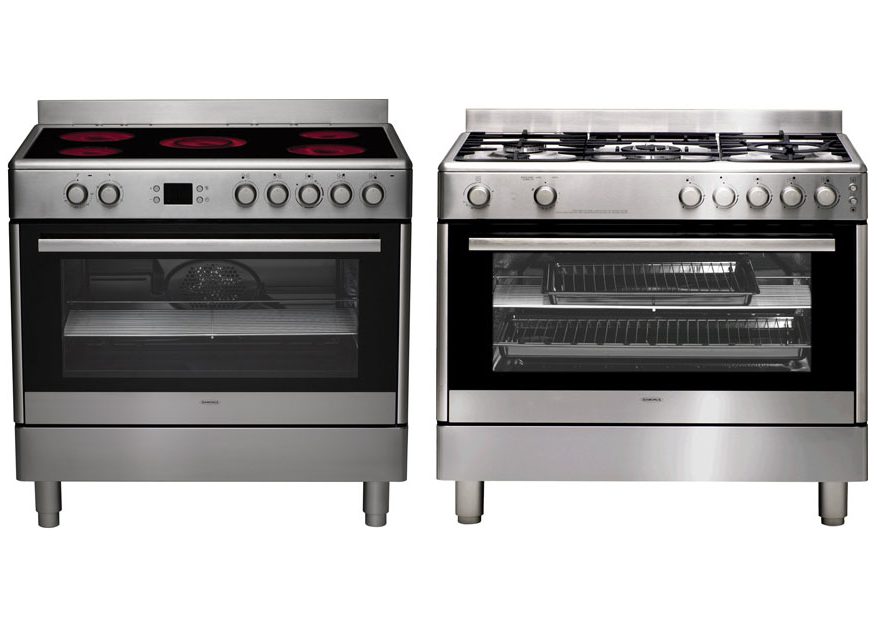Organic vs. Ceramic Brake Pads – Which is the Best Fit for Your Vehicle?

Braking is often overlooked by vehicle owners, who change their brake pads only when they really have no bite, and when they do that, they lower-quality ones or pads that don’t suit their vehicle or driving style. Oh, and by the way, paying more for brake pads doesn’t mean that you will get better braking performance. Read on to find out why.
The reality is that there are several different types of brake pads, on top of the dozens of different manufacturers. In order to help you better understand brake pads, I’ve prepared a comparison between organic and ceramic pads, two of the three most popular types available on the market. They are the same product but serve widely different vehicles and driving styles. So, which one is the best for you? The answer waits down below.
Advantages and Disadvantages of Organic Brake Pads
Organic brake pads are the heirs of asbestos pads, which were widely used in the automotive industry until it was found that they are harmful to the environment. They are made of various fibers or glass, mixed with organic resins, and other materials such as rubber, carbon, and Kevlar. They are the cheapest pads on the market right now. Here is how they perform.
Advantages:
- Best-suited for passenger cars due to low-noise output and low production of brake dust;
- Perform great when cold and warm, or almost every condition a normal everyday driver encounters;
- Inexpensive, which also makes them an excellent choice for passenger cars;
- Don’t damage the brake rotors like other types;
Disadvantages:
- Much worse stopping performance at higher temperatures and aren’t well-suited to high-performance cars;
- The pedal feels mushy and has longer travel when overheated;
- Wear out very quickly – faster than asbestos pads, metallic and ceramic pads;
Advantages and Disadvantages of Ceramic Brake Pads
Ceramic brake pads are relatively new to the market and are often offered in high-performance sedans, sporty coupes, supercars, and even some high-performance SUVs. These pads are made of dense ceramic material with embedded copper fibers for better friction. Ceramic pads are an improvement of semi-metallic pads and are considered as their heir. Compared to them, they produce less dust (it is light-colored as well), are less noisy and easier on the rotors. However, they are wildly different from organic pads.
Advantages:
- Have immense stopping power at mid to high temperatures, which makes them an excellent choice for faster driving;
- Last longer than organic brake pads, especially when the vehicle is driven hard;
- The brake dust they produce is light-colored and is almost invisible, even on brighter wheels;
- Less noisy than both organic and semi-metallic brake pads, which makes them an excellent choice for premium vehicles;
Disadvantages:
- Very expensive, which makes them less suitable for compact vehicles, family sedans, and crossovers;
- Don’t offer much stopping power when cold and are especially weak in the winter;
- Don’t absorb heat very well, which may put high-temperature stress on the braking rotor;
Verdict
As you can see, organic and ceramic brake pads serve different people and different vehicles. In my opinion, organic brake pads are the better choice for the everyday driver, because they offer a blend of good performance in a variety of temperature ranges, they are quiet and inexpensive.
Ceramic brake pads, on the contrary, are better suited to higher-performance and premium vehicles. They offer better stopping power at higher temperatures and produce less noise, but are more expensive as well.



